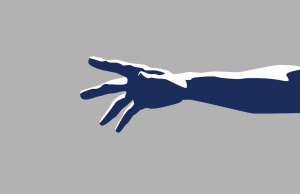It was reported on The NonProfit Times’ website on June 15 that that one-third of charities “believe they will have to shut down within the next 12 months.” Canceled events, curtailed government funding, and forced closure of business sponsors have left many organizations underwater. And with millions of people out of work, individual donations are dwindling.
“Battered by COVID-19 restrictions, the cascading, deep economic recession, and falling contributions, many nonprofits are like flooding submarines, in the middle of the ocean and taking on water,” said Barbara Floersch of The Grantsmanship Center in Los Angeles, Calif. “Even seasoned administrators who’ve faced down one crisis after another are being tested to the limits by this one.”
The flooding submarine metaphor is grim but offers some useful crisis-response advice that may help nonprofits avoid the worst.
Protect the Boat. Once the flooding alarm sounds, water-tight doors are shut and sealed between compartments of the boat. The idea is to contain the flooding to a limited area and protect the core.
Nonprofits exist to accomplish a mission, and it’s the responsibility of administrators and board members to protect the core of the organization so that, in better circumstances, it can rebound and continue the important work.
Unfortunately, that can mean eliminating programs which also means eliminating jobs and curtailing services to the community. The decisions are tough, but made with great diligence and consideration, can ultimately be the difference between continuing to fight another day or giving up altogether.
Go Shallow to Reduce Pressure. In a flooding submarine, the damage control team works to isolate and repair the break that’s causing the flood. To do this the boat surfaces as much as possible to reduce the immediate pressure. In a true crisis that tests the stability of the entire organization, even programs that aren’t eliminated may need to go shallow by cutting back on the quantity of services they deliver.
Administrators and board members must make extremely difficult and unpopular decisions as they work to sustain the organization through to the other side of the storm. “They have to think in terms of triage, bottom-lines, core mission, and doing the least harm,” said Floersch. “It’s often sad, and it often hurts. And it’s also the right thing to do.” © Copyright 2020 The Grantsmanship Center.










